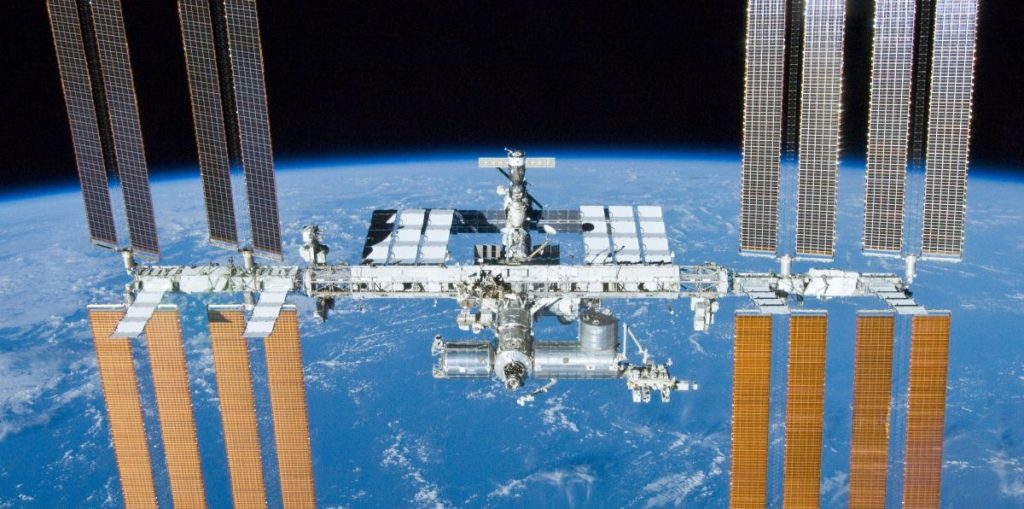Living History in Orbit
Others are reading now
Living History in Orbit
25 Years Aboard Humanity’s Greatest Experiment
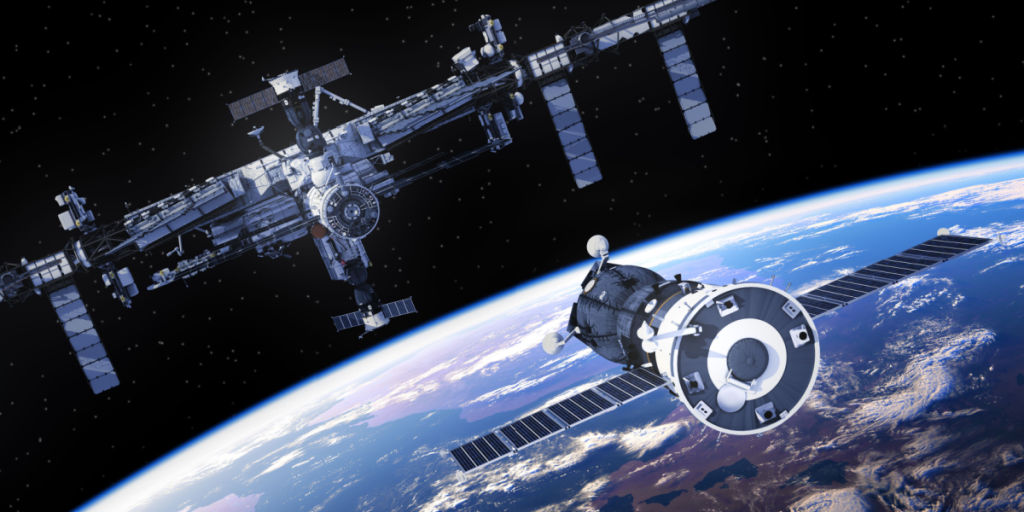
For a quarter of a century, humans have lived continuously aboard the International Space Station — orbiting Earth every 90 minutes in one of the most extraordinary technological achievements in history.
More than just a laboratory, the ISS has become a symbol of global collaboration and endurance. It’s also an ongoing study of what it means to live, work, and adapt in the most extreme environment humans have ever called home.
Life and Legacy of the ISS

According to Space.com, the International Space Station (ISS) remains the largest, most complex, and most durable spacecraft ever built. Its first modules were launched in 1998, and the first resident crew arrived in 2000.
November 2025, the ISS will mark 25 years of continuous human habitation, welcoming 290 visitors from 26 countries.
Also read
Within its modular walls, astronauts have conducted thousands of experiments, accumulating over 127 person-years of experience and deepening our understanding of space, engineering, and the limits of human endurance.
Archaeology in Orbit

As reported by Space.com, researchers from the International Space Station Archaeological Project have spent the past decade studying how humans interact with the ISS’s unique built environment.
Their approach, called space archaeology, treats the station as a cultural site, analyzing how astronauts use and modify their surroundings. Using thousands of photos taken aboard the ISS, the team mapped how people and objects move through modules over time — revealing daily life in space in ways interviews alone could not.
Everyday Life in Orbit
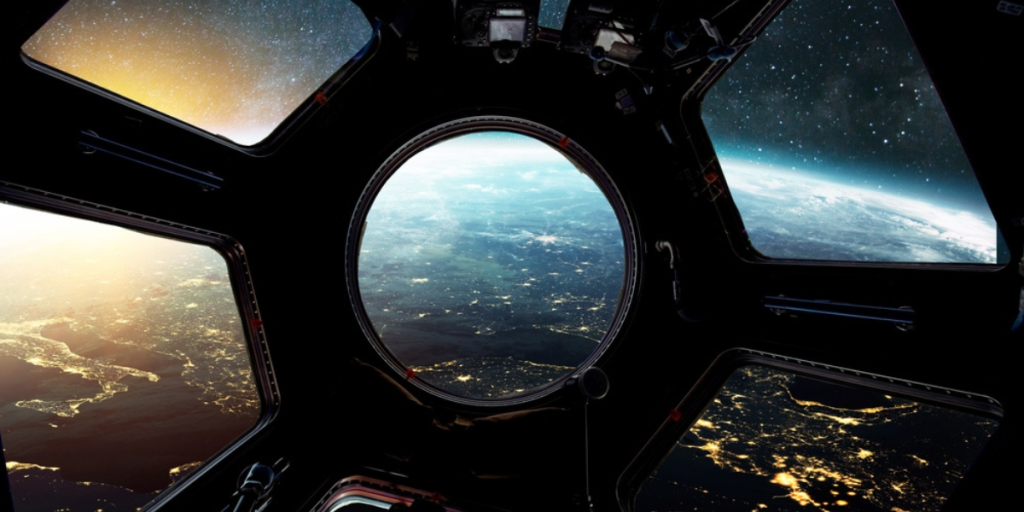
Space.com highlights how this research uncovered the social details of orbital living. Astronauts decorate their modules with photos, flags, and mementos, celebrate birthdays with cakes, and keep favorite snacks within reach — small gestures that turn a spacecraft into a home.
Yet, as the researchers note, life aboard the ISS is still constrained by strict schedules and mission protocols directed from Earth.
Also read
What We’ve Learned
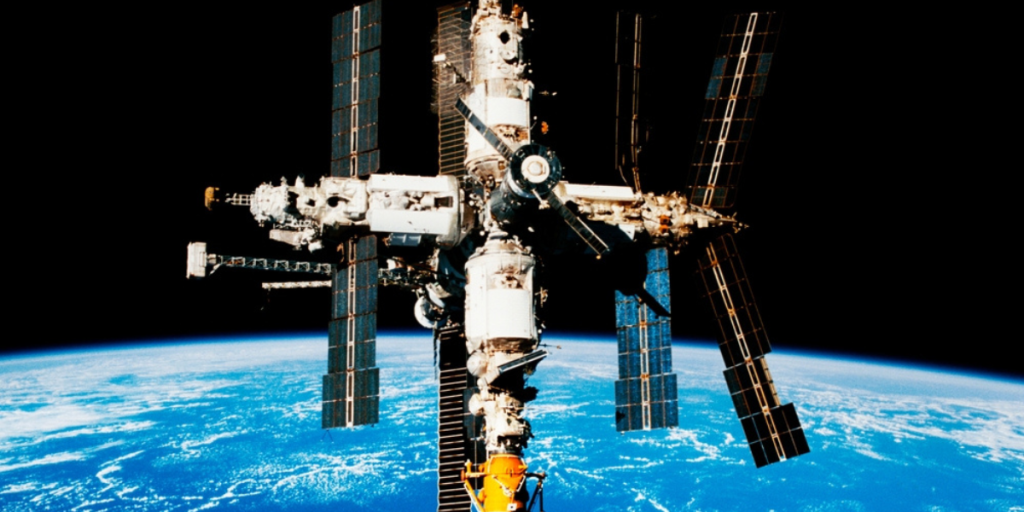
The ISS is more than an engineering marvel — it’s a living record of human behavior in space. Archaeological research has revealed how astronauts create culture, negotiate routines, and adapt technology in a confined world.
These findings bridge the gap between science and society, showing that the challenges of space exploration are as psychological and cultural as they are mechanical.
The space station has become a blueprint for how humanity might one day live together on the Moon, Mars, or beyond.
Humanity’s Home in the Sky
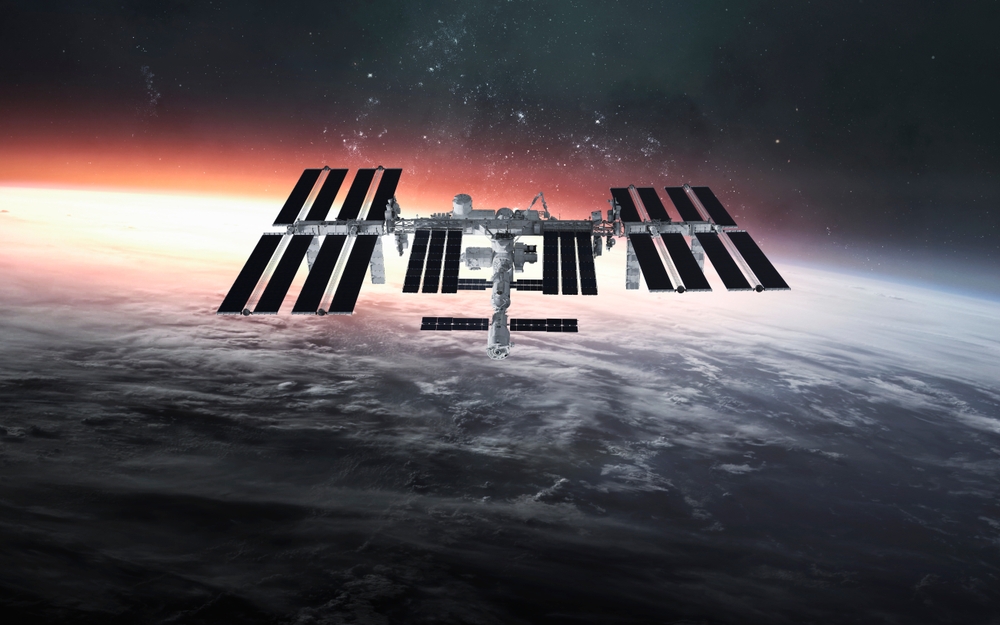
The story of the International Space Station is, at its heart, the story of us — our cooperation, creativity, and need to make meaning wherever we go.
As nations prepare to build new habitats in orbit and beyond, the lessons from 25 years aboard the ISS remind us that living in space isn’t only about surviving — it’s about belonging.
Also read
The space station proves that no matter how far we travel, we bring our humanity with us, transforming even the cold vacuum of space into a home.

